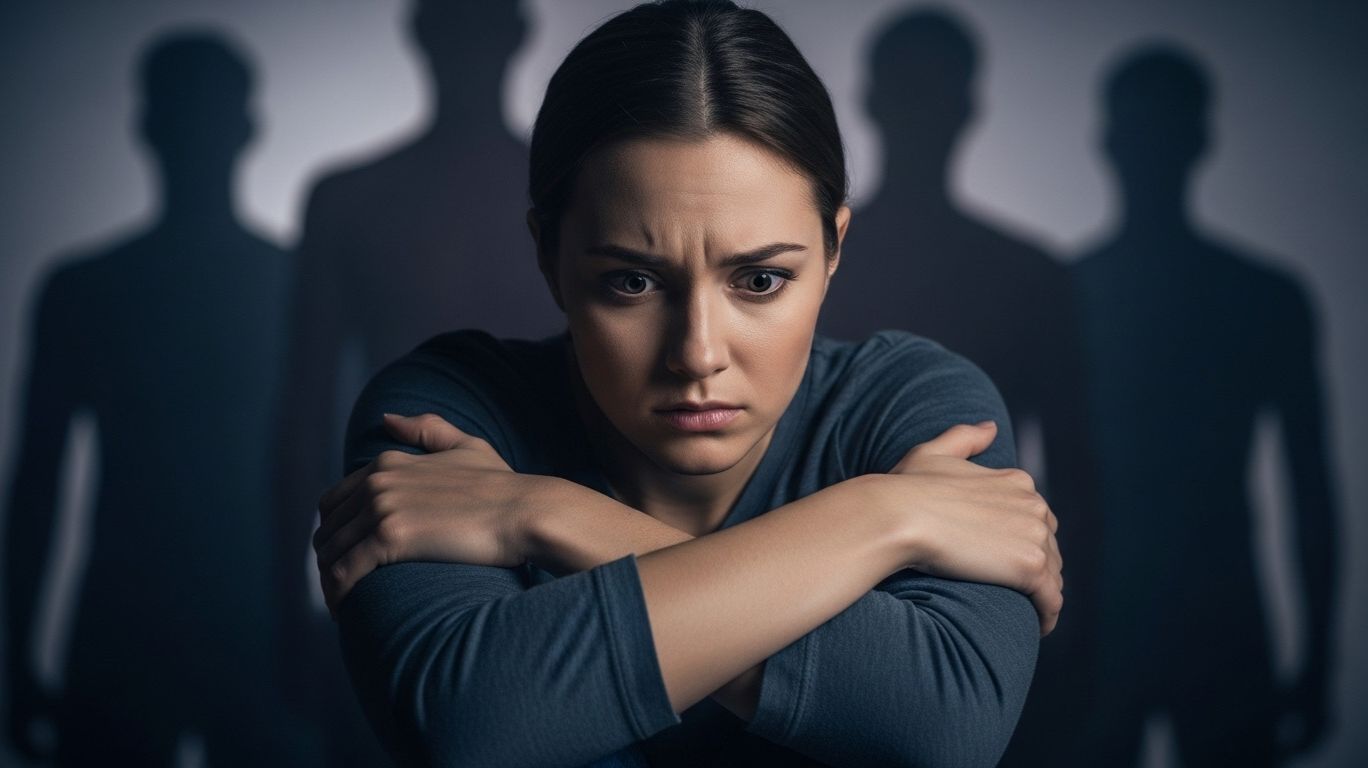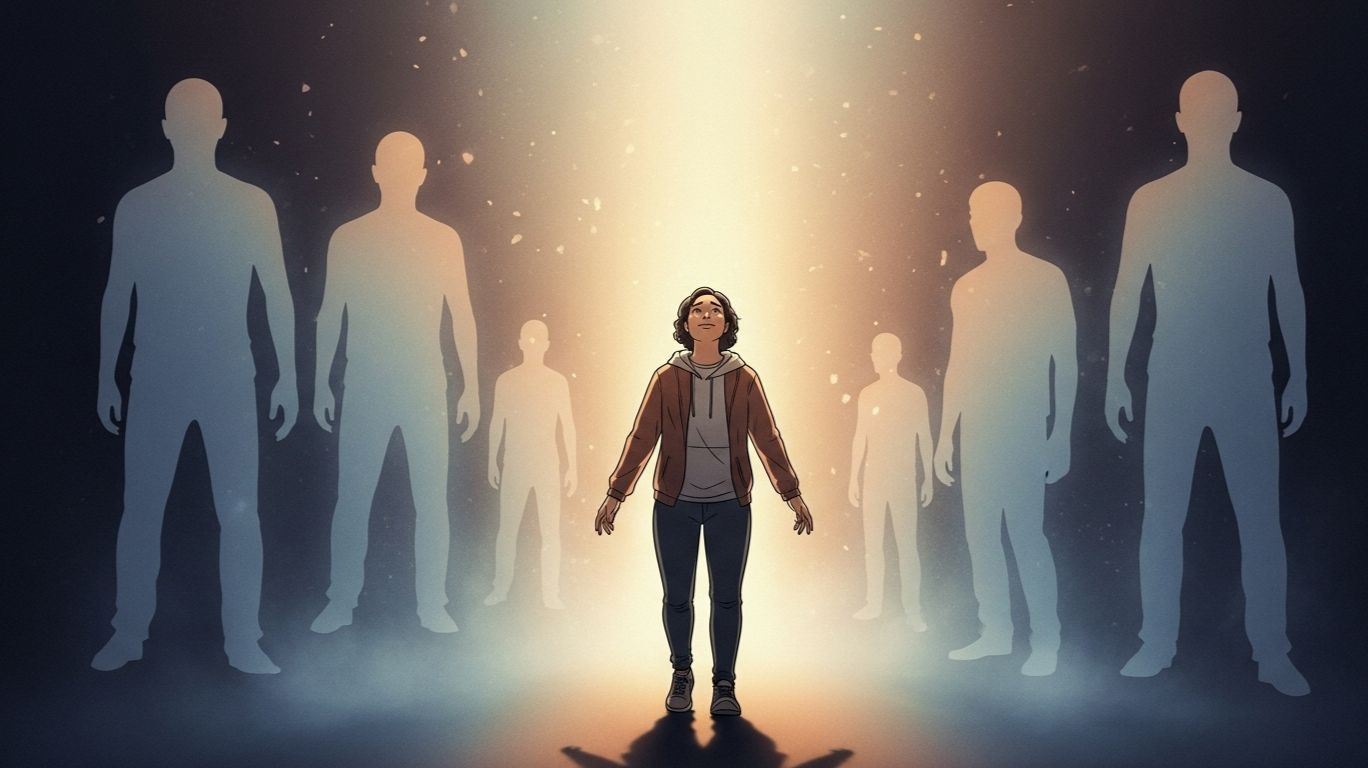
Fear is a natural human response, often protecting us from potential threats. But when fear becomes extreme, persistent, and irrational, it can develop into a specific phobia. One such condition is androphobia—the fear of men. This phobia may sound rare, but it can affect both men and women, though younger females most commonly experience it. Left untreated, androphobia can disrupt daily life, relationships, and overall well-being.
This article will study what androphobia is, its causes, symptoms, and effective treatment options. Whether you or someone you know is struggling with this fear, consulting a mental health professional for understanding is the first step toward healing.
Androphobia comes from the Greek words andras (man) and phobos (fear). It refers to an intense fear of men that goes beyond ordinary caution. While fear is a normal response to potential danger, androphobia is disproportionate—it can be triggered by simply thinking about men, seeing them on television, or being in their presence.
For some, this phobia may only slightly interfere with life, such as feeling uncomfortable around male coworkers. For others, extreme fear can lead them to avoid public places altogether, fearing an encounter with men. Unfortunately, this avoidance can create isolation, loneliness, and even depression.

Like most phobias, androphobia doesn’t usually stem from one single cause—it’s often a combination of life experiences, upbringing, and learned fears. Common causes include:
A negative experience, such as sexual assault, harassment, or abuse, can trigger androphobia. The brain, particularly areas like the amygdala and hypothalamus, “learns” to recreate the fear response whenever men are present, and sometimes anti-anxiety medications are required to manage this.
Some children are raised with constant warnings like, “Don’t talk to strange men” or “Never get in a car with a man.” While well-meaning, these repeated messages can reprogram a child’s brain to view all men as dangerous.
Movies, news reports, and TV shows that frequently depict men as violent, abusive, or predatory can reinforce fear. If consumed regularly, these portrayals may create an exaggerated sense of threat.
In certain cultural settings, mistrust or fear of men may be deeply ingrained, passing from generation to generation. This conditioning can leave lasting impressions well into adulthood.
The symptoms of androphobia can be both physical and psychological, often resembling those of anxiety symptoms or panic disorders.
In severe cases, sufferers may refuse to leave the house, fearing they might encounter men in public. This avoidance can significantly reduce the quality of life
The good news is that androphobia is treatable, especially when a healthcare provider is involved. Many people can regain control over their lives with the right support and coping strategies. Here are the most effective methods:
Known as systematic desensitization, this method involves slowly facing the fear in small, manageable steps. For example:
Over time, the brain learns that these interactions are safe, helping reduce fear responses.
CBT is one of the most effective treatments for phobias. It helps individuals identify negative thought patterns—like “all men are dangerous”—and replace them with rational, balanced beliefs. Writing fears down and reframing them into positive statements is a key part of this process.
Breathing exercises, mindfulness meditation, and yoga can help calm muscle tension and the body’s stress response. When practiced regularly, these techniques make it easier to manage anxiety in triggering situations.
For some, hypnotherapy helps uncover hidden memories or beliefs fueling the phobia. By addressing the root cause, hypnotherapy can support long-term healing.
Speaking with a therapist or joining a group of people with similar experiences provides encouragement, reduces isolation, and fosters resilience.
In severe cases, doctors may prescribe anti-anxiety or antidepressant medications. While these can offer short-term relief from severe anxiety, they are not a cure and may have side effects, so they’re usually recommended as a last resort.

Androphobia, while challenging, doesn’t have to define your life. By understanding its causes in the context of mental disorders, recognizing the symptoms, and seeking effective treatment, anyone can move past fear and toward healthier, more balanced relationships.
For more supportive resources on mental health, relationships, and self-growth, visit girlfriend.ai—your companion in handling life’s challenges.
Androphobia is not classified as a mental illness in itself—it is considered a specific phobia, which falls under the umbrella of anxiety disorders. Like other phobias, it involves irrational and persistent fear. However, it can coexist with other mental health conditions such as generalized anxiety disorder, post-traumatic stress disorder (PTSD), or depression.
Yes. While androphobia is more commonly observed in younger females, men can also develop it. In these cases, the fear may stem from past experiences of bullying, abuse, or social rejection involving other men. The condition doesn’t discriminate—it can affect anyone regardless of gender or age.
Feeling cautious in certain situations is normal, especially when safety may be at risk. However, if your fear of men is intense and persistent and interferes with daily life—for example, avoiding workplaces, schools, or social gatherings because men are present—it may indicate androphobia rather than ordinary caution.
